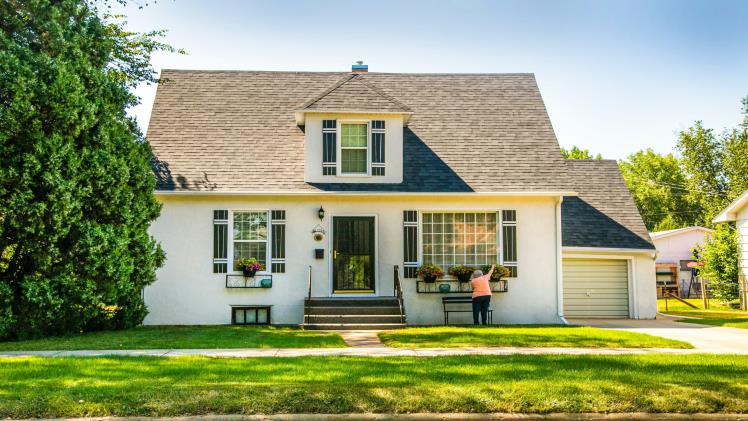Water damage restoration is a daunting task for many homeowners, but it doesn’t have to be. According to the experts at Robinson Restoration serving all of Portland, Oregon, water damage restoration can be somewhat straightforward and relatively simple if handled correctly with the right skills, tools, and techniques.
In this guide, we’ll provide a comprehensive overview of the fundamentals of water damage restoration, including the necessary steps and materials to help you get back to a safe, dry home as quickly as possible. We’ll discuss the different kinds of water damage, how to assess the severity of the damage and much more. With the right knowledge and strategy, you can put your home on the path to recovery.
What is Water Damage Restoration?
Water damage restoration is the process of identifying, assessing, and repairing water damage to buildings and their contents. The goal of water damage restoration is to return buildings and their contents to their pre-loss condition.
Types of Water Damage
- Gray water
It’s related to water from appliances (dishwasher, washing machine, etc.), damaged water beds, broken aquariums, and others.
- Blackwater
This type of water damage can result from sewer backup, floods, and others. Sewer backup refers to the sudden release of sewage and other contaminants into the area surrounding your home’s drains. Floodwater, on the other hand, is usually due to a sudden and overwhelming amount of water in a given area, such as a river bursting its banks or a levee breaking.
- Clean water
Clean water can result from different sources. It could be from broken water pipes, which occur when water pressure inside a pipe is too high and causes the pipe to burst, releasing a sudden and large amount of water into the area around the pipe. It can also be caused by rain, melting snow, plumbing leaks, and many more.
Assessing the Severity of Water Damage
To begin the water damage restoration process, it’s important to assess the severity of the damage. First, you’ll need to identify the source of the water. The source of the water will help you determine what type of water damage is affecting your property.
Next, note the extent of the damage. Assessing the extent of the damage will help you determine what materials and tools you’ll need to perform the water damage restoration. It’ll also help water damage restoration professionals understand the best way to handle the restoration process.
Water Damage Restoration Process
The water damage restoration process is an ongoing process that lasts from when you first detect water damage until you’ve completed the restoration of your property. In some cases, this could take a day or two. In other cases, particularly when large amounts of water are involved, it could take several weeks. Ideally, you should contact professionals to start the water damage restoration process as soon as possible after detecting water damage.
The longer you wait to begin the restoration process, the more damage will be done to your property. The water damage restoration process generally has four distinct phases: Source control, water removal, drying out the property, and sanitizing.
Source control involves preventing further water from getting into your property and helping control the water that already exists. Water removal is extracting the water that’s already on your property. Drying out your property is helping it return to a dry and livable condition. And finally, sanitizing helps to prevent the spread of disease and infection throughout your property.
Materials Needed For Water Damage Restoration
The tools and materials you’ll need for water damage restoration depend on the source and extent of the damage. However, in general, you’ll likely need the following materials and tools;
- Water extraction equipment
- Buckets
- Rags
- Shop vac
- Dehumidifier
- Crawlspace or attic fan
- HEPA air filter
- Disinfectant
Best Practices for Water Damage Restoration
Water damage restoration is a very involved process that requires a lot of time and effort. The best way to minimize the time and effort involved is to follow the best practices. When dealing with water damage, keep the following best practices in mind:
- Turn off the electricity
- Seal off the affected areas
- Remove standing water
- Remove affected items
- Disinfect affected areas
- Keep the areas ventilated
- Document the process
When to Call a Professional
You may want to call a professional water damage restoration company if;
- The water damage is extensive
- You’re not comfortable handling the water damage yourself, or
- You don’t have the necessary equipment and experience needed to mitigate the damage properly
After suffering severe water damage, the best thing to do is to hire a professional water damage restoration company. In many cases, hiring a professional water damage restoration company can save you both time and money.

